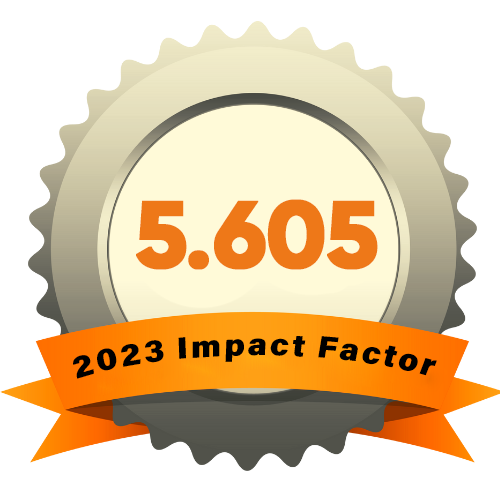DEVELOPMENT OF AN ALGORITHM AND SOFTWARE TOOL FOR CONSTRUCTING THREE-DIMENSIONAL COMPLEX FRACTAL STRUCTURES BASED ON THE L-SYSTEM
Abstract
L-systems, also known as Lindenmayer systems, are a formal grammar system that is used to model and simulate the growth of natural organisms such as plants, fungi, and algae. Developed by Aristid Lindenmayer in 1968, L-systems are based on the concept of rewriting strings of symbols according to a set of production rules, which can be used to generate complex and realistic geometric patterns. This article provides an overview of L-systems, their applications, and their mathematical properties.
References
Lindenmayer, A. (1968). Mathematical models for cellular interactions in development. Journal of Theoretical Biology, 18(3), 280-299.
Prusinkiewicz, P., & Lindenmayer, A. (1990). The Algorithmic Beauty of Plants. Springer-Verlag.
Hanan, J. (1992). On the mathematical properties of L-systems. Theoretical Computer Science, 107(2), 343-365.
Smith, S., & Hamann, B. (2010). Applications of L-systems in computer graphics, art, and music. Leonardo, 43(2), 203-208.
Runions, A., Lane, B., & Prusinkiewicz, P. (2007). Modeling trees with a space colonization algorithm. Eurographics Symposium on Computer Animation, 63-72.
Gheorghe, M., & Fodor, P. (2012). An overview of L-system applications in architectural design. International Journal of Architectural Computing, 10(2), 215-228.














